Daylight Saving Time is over as of last weekend. For the majority of folks who are cycling commuters in the DC area, it’s dark by the time the office door closes at the end of the day.
And every year, the same thing occurs: a lot of cyclists hit the roads without lights, wearing the standard-DC-issue black jacket, on a bike that very likely has no reflectors on it.
These cyclists are bike ninjas.
Most of these folks ride as if it were daylight, and assume they can be seen. That isn’t the case. Dressed in black, and even with a few reflectors, they aren’t visible until too close for comfort – or for safety.
Last night, near Dupont Circle, I counted 40 commuter cyclists within a 15 minute period. Of these, only 17 had proper lighting in the front, as mandated by law. A few more than that had some sort of taillight. And most were dressed in dark, non-reflective, hard-to-see colors.
This is an easy problem to solve without spending a lot of money. Most people own some bright clothing, like a colorful shell or shirt. A basic reflective vest costs under $10. Reflective ankle straps that serve a dual purpose of keeping pants legs out of the bicycle drivetrain and create moving light points for drivers to see are cheap and come in myriad colors (including black, for those who want to keep their DC fashion cred).
And then there are lights. A basic set of front and rear blinking lights (i.e. “be seen” lights) runs around $15 dollars, weighs very little, and lets fellow road, trail, and sidewalk users know your presence as a cyclist. WABA and Bike Arlington even hand out free light sets that serve this basic purpose.
If you plan on riding on more poorly lit roads, trails, or paths, it’s worth investing in more heavy-duty “to see” lights – something I’ll discuss in a subsequent post. But a basic light set is simple, cheap, and effective, and takes care of the “bike ninja” issue.
Note: this “dressing brightly and carrying lights” argument can be transposed to folks who run at night, especially on multi-use paths (MUPs) like the W&OD and Capital Crescent Trails, where being tough to see can cause collisions between trail users.
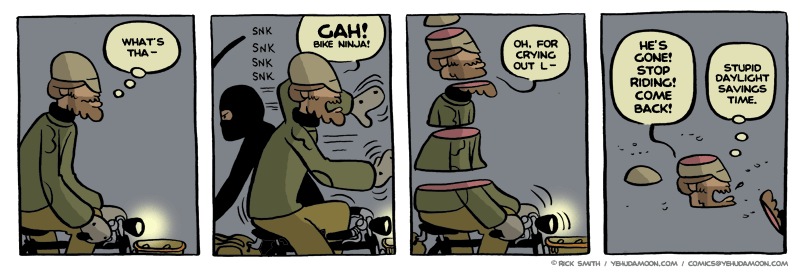
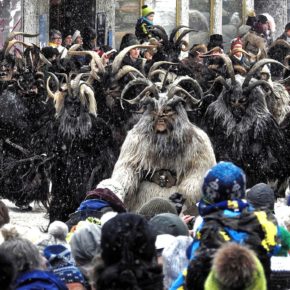
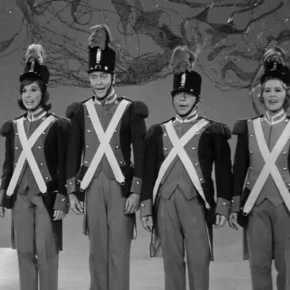
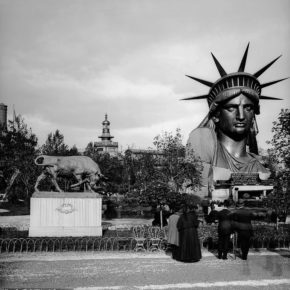
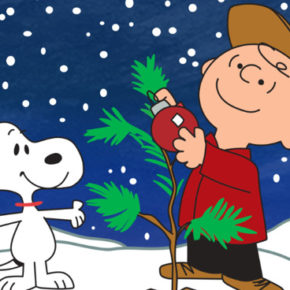









Comments by randomduck
virtual advent 2020: a fab holiday (and it’s been 40 years…)
@compassionknit: I think the issue is that John had Julian ...
ten on tuesday: the music died too young
Good call on those three!
my 30s: a look back
Thanks, Darren and Jeff! Jeff, riding along the California coast with ...